-
Pooing can often be a real pain in the butt, especially if you’re constipated or have diarrhoea. The consistency of our poo can tell us a lot of interesting things about our health, including whether or not we need more fibre or liquid in our diet.
So how do we know what constitutes a healthy and not-so-healthy poo? Read on to find out more.
What is healthy bowel function?
On average, Australians eat around 1,100 kilograms of food each year. Our digestive system cycles through and processes that food day in and day out to give us the nutrients we need. Whatever our bodies don’t absorb exits the body in the form of a poo.
So how do you know if your bowel and digestive system are healthy? It’s important to note that healthy bowel function is different for everyone, and it’s not necessarily about how regularly you poo. The idea of “being regular” will mean something different to each of us; for some, it’s healthy and normal to poo three times a day while for others, it might be three times a week. The most important thing to look out for is colour and consistency.
MORE: What causes diarrhoea? There are more causes than you might think! Read more
What does a healthy poo look like?
If you want to know what the perfect poo should look like, look no further than the The Bristol Stool Scale. The scale is designed to classify your poo into seven different groups and can help determine a good poop from a bad one. Take a look below to learn more.
Type 1: Hard lumps that are hard to pass
Healthy poo
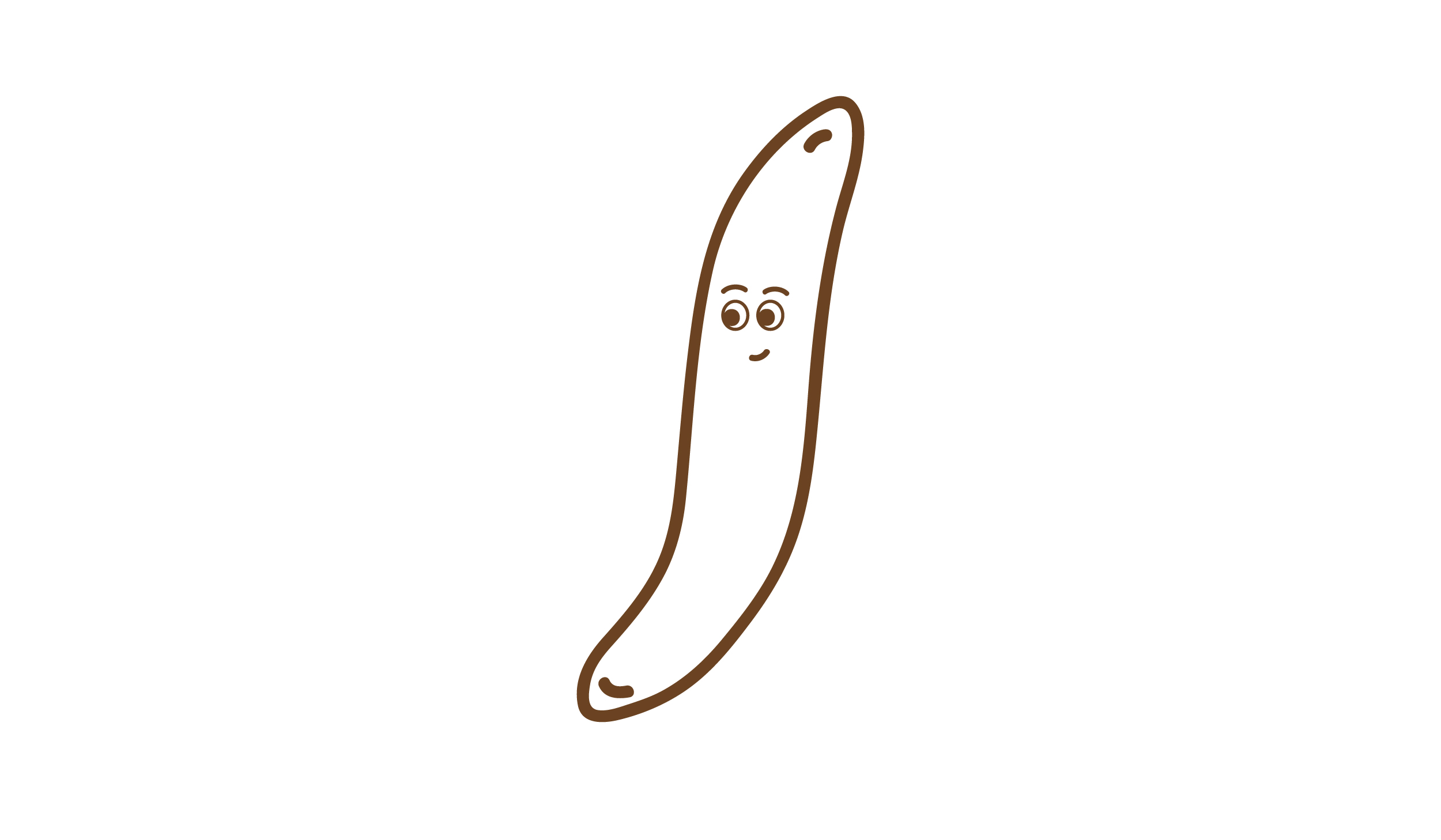
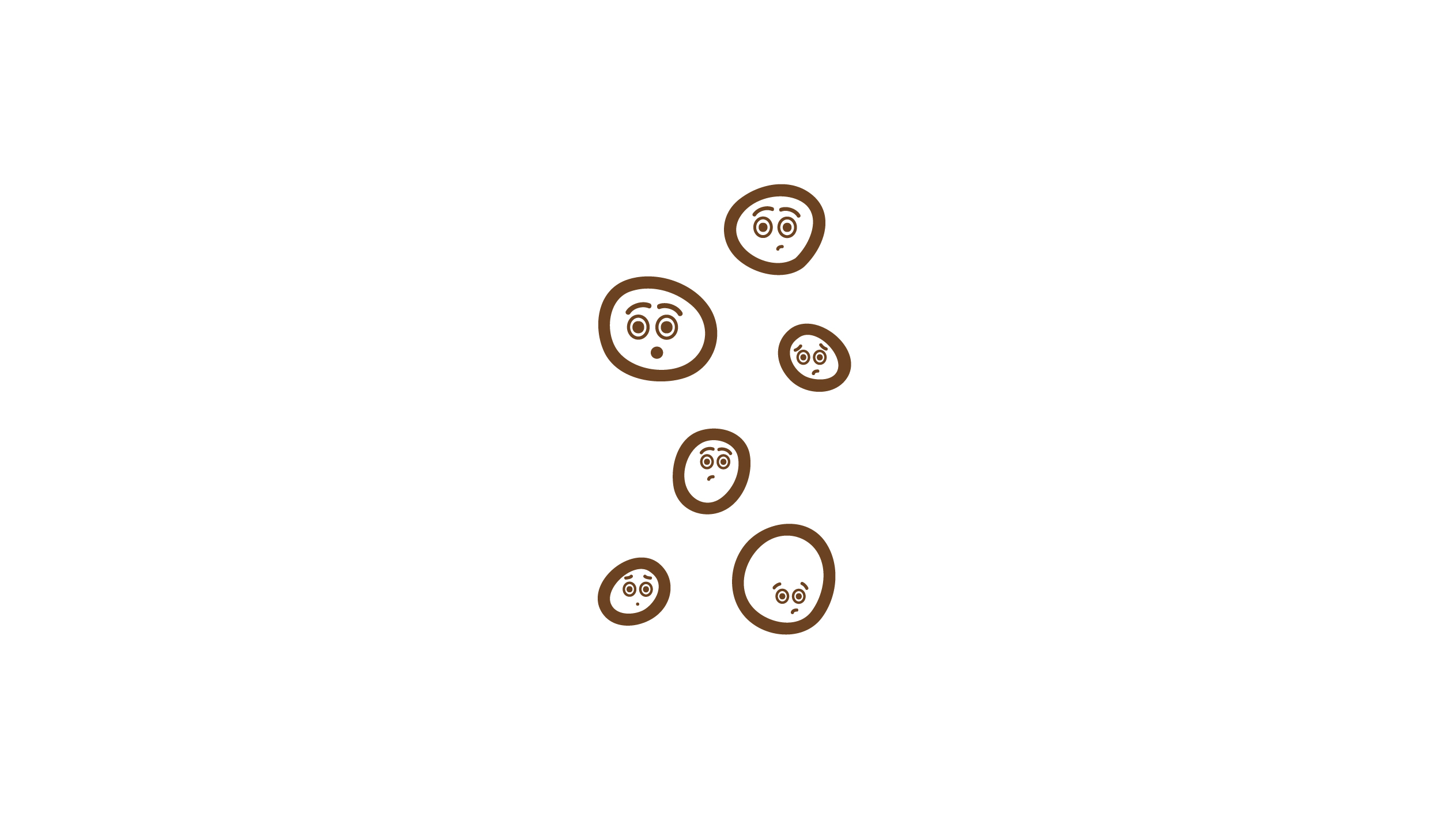
-
Type 2: Shaped like a sausage but lumpy
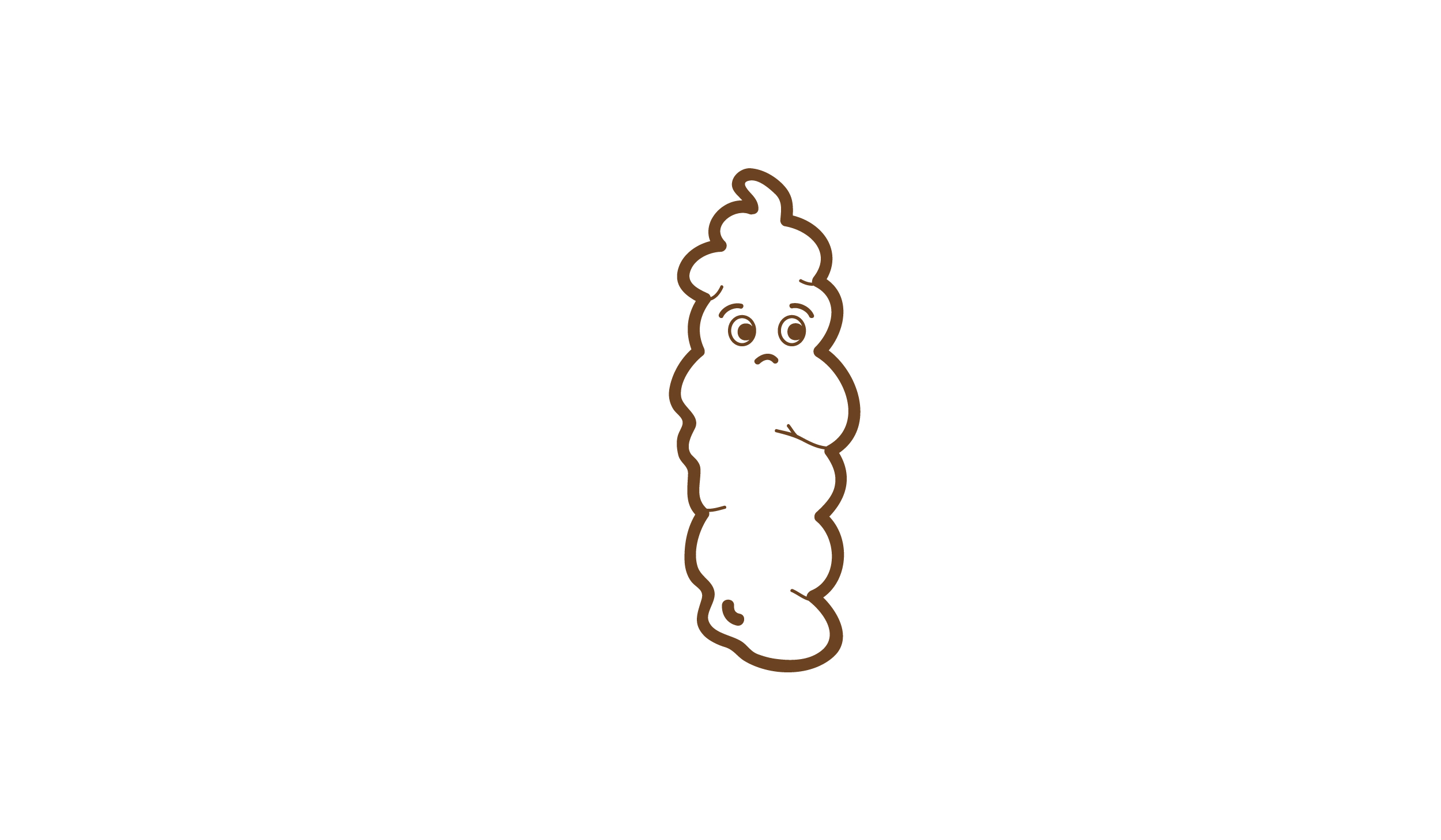
-
Generally speaking types 1 and 2 indicate that you’re constipated. This could be due to taking certain medications, not having enough fibre in your diet as well as not drinking enough water.
Type 3: Shaped like a sausage with some cracks on the surface
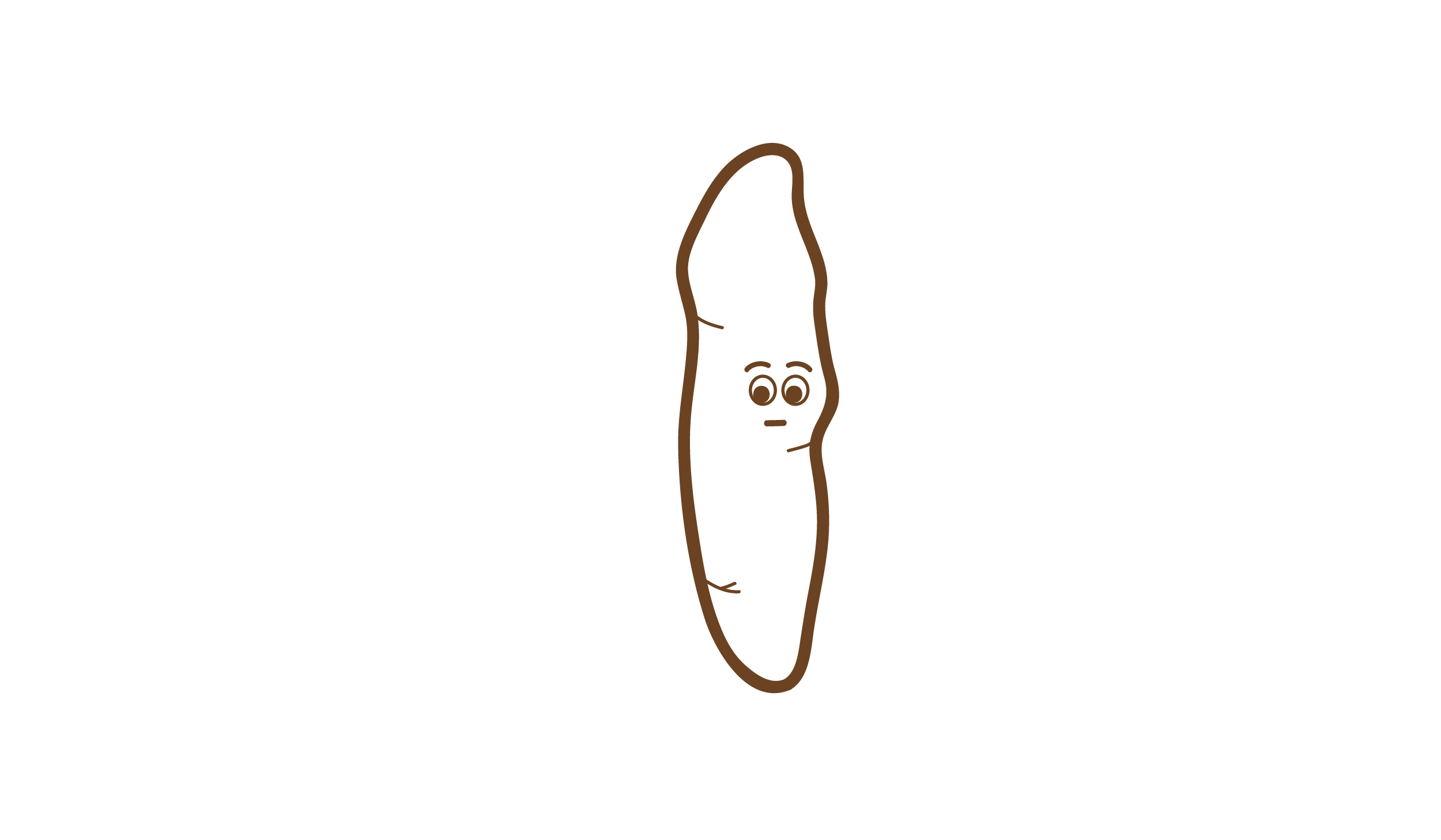
-
Type 4: Shaped like a banana or snake that is smooth and soft

-
Types 3 and 4 are considered the ‘best types’ of poop as you should be able to expel these easily because they’re solid and smooth.
Type 5: Soft blobs with clearly defined edges
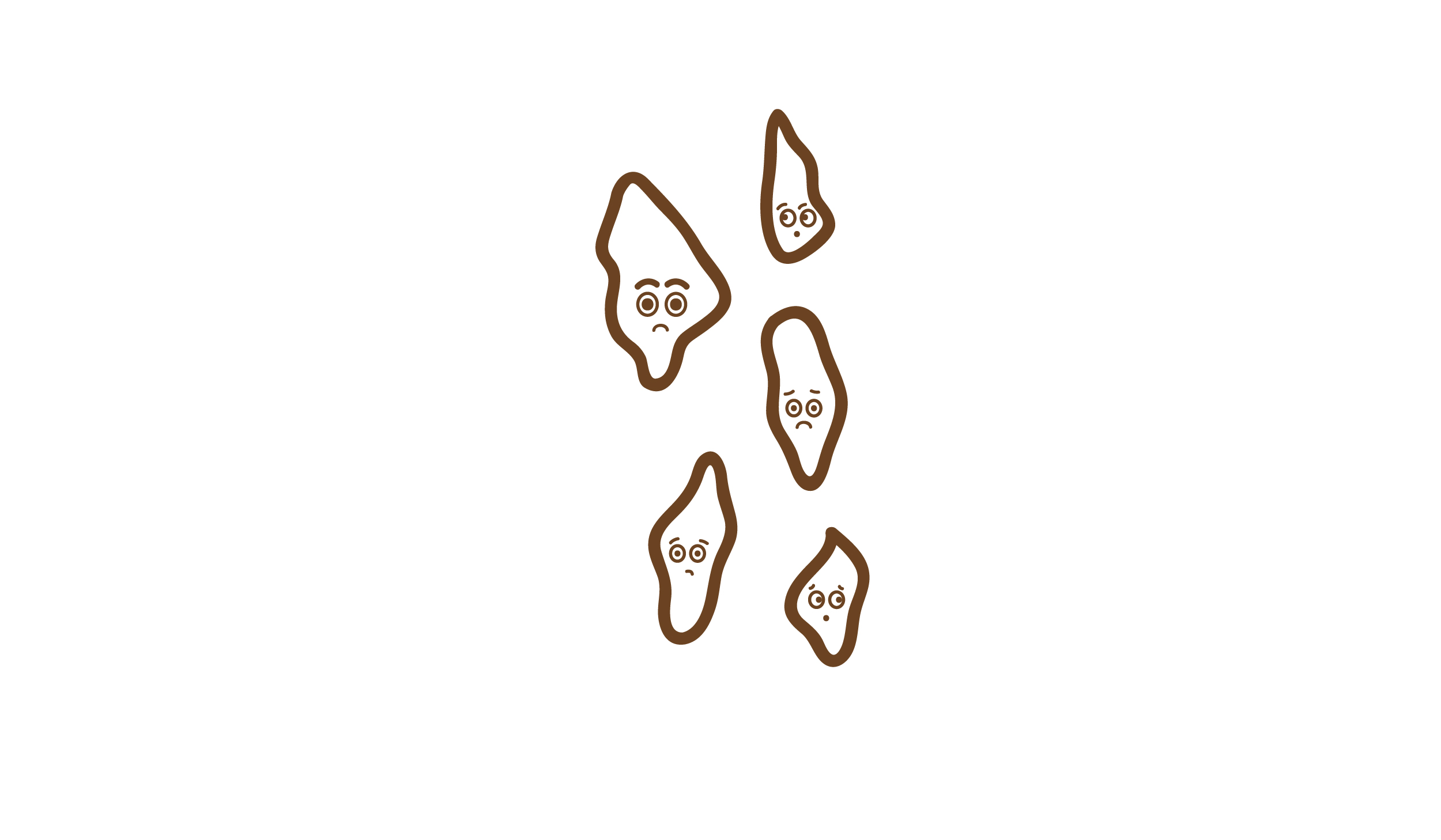
-
Type 6: Fluffy pieces with no edges

-
Type 7: Watery with no solid pieces

-
If you’re experiencing types 5, 6 and 7, this is considered to be diarrhoea. If this looks familiar, remember to keep up your fluids to avoid dehydration.
When should you see a doctor?
Most changes in the consistency of your poo aren’t cause for concern, but a change in consistency that sticks around for 2- 3 days should be brought up with your doctor.
If you do find blood in your poo, visit your doctor to discuss the potential cause. Haemorrhoids, anal fissures and certain digestive diseases can all cause bleeding, but in serious cases, blood in your poo could indicate bowel cancer.
Got some other burning questions about your health like how to deal with mozzie bites? Check out our Burning Questions page here.
-
Do you need an electric toothbrush?
Which toothbrush scrubs up best?
-
Dietitian, nutritionist or naturopath: What’s the difference?
Who should you see for professional dietary advice?
-
5 ways to eat healthy while travelling
Come home feeling refreshed, fit and energised.
-
How often should you get your teeth cleaned?
We spoke to Medibank Members’ Choice Advantage dentist Dr Jonathan Cichero to find out.
-
Daily habits for good oral health
Do you really need to floss? Is an electric toothbrush better than a manual one? Find out which habits to make (and which ones to break) for better oral health.
-
How to conquer your fear of the dentist
Dr Merrilyn Hooley's tips for a less stressful dental appointment.
Subscribe to receive the best from Live Better every week. Healthy recipes, exercise tips and activities, offers and promotions – everything to help you eat, move and feel better.
By clicking sign up I understand and agree to Medibank's privacy policy






